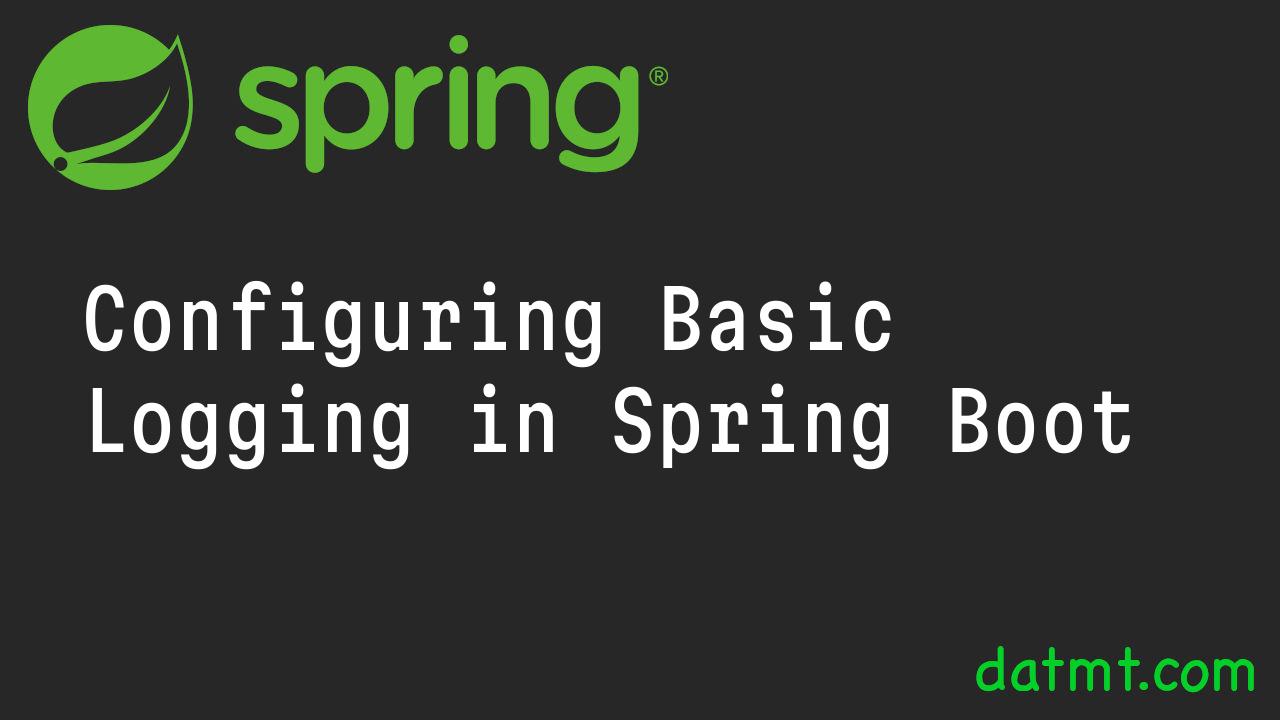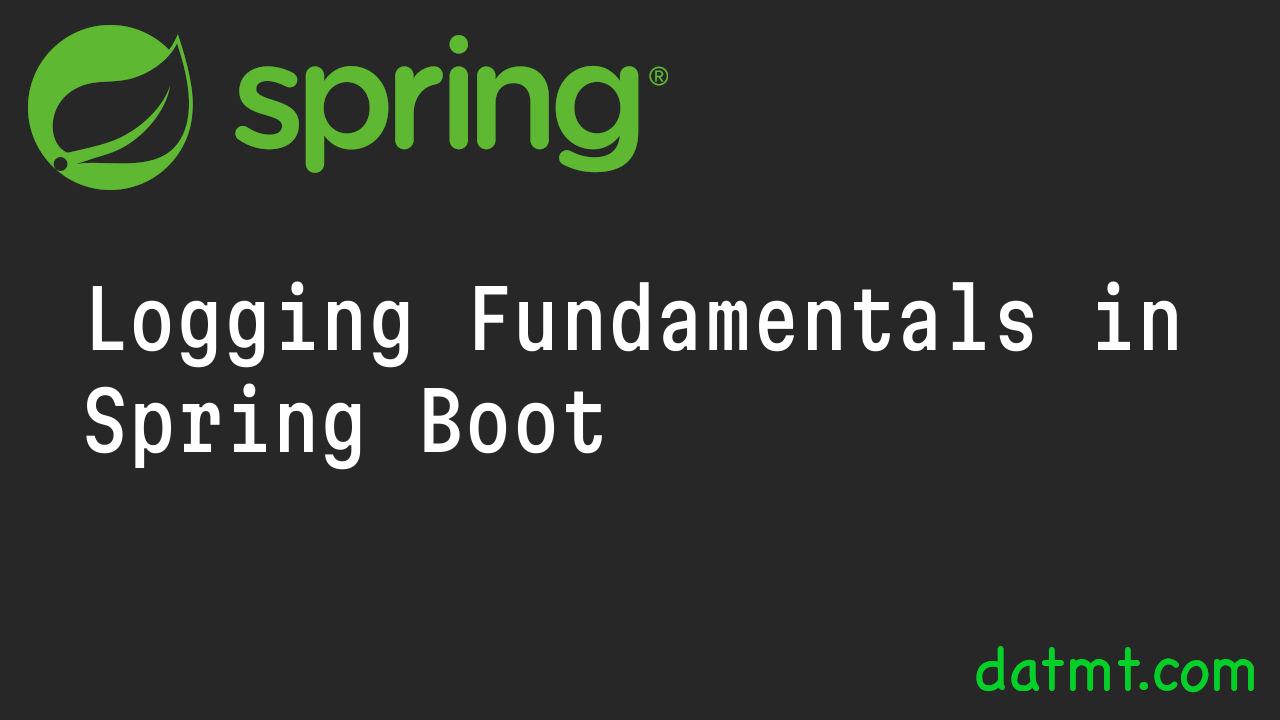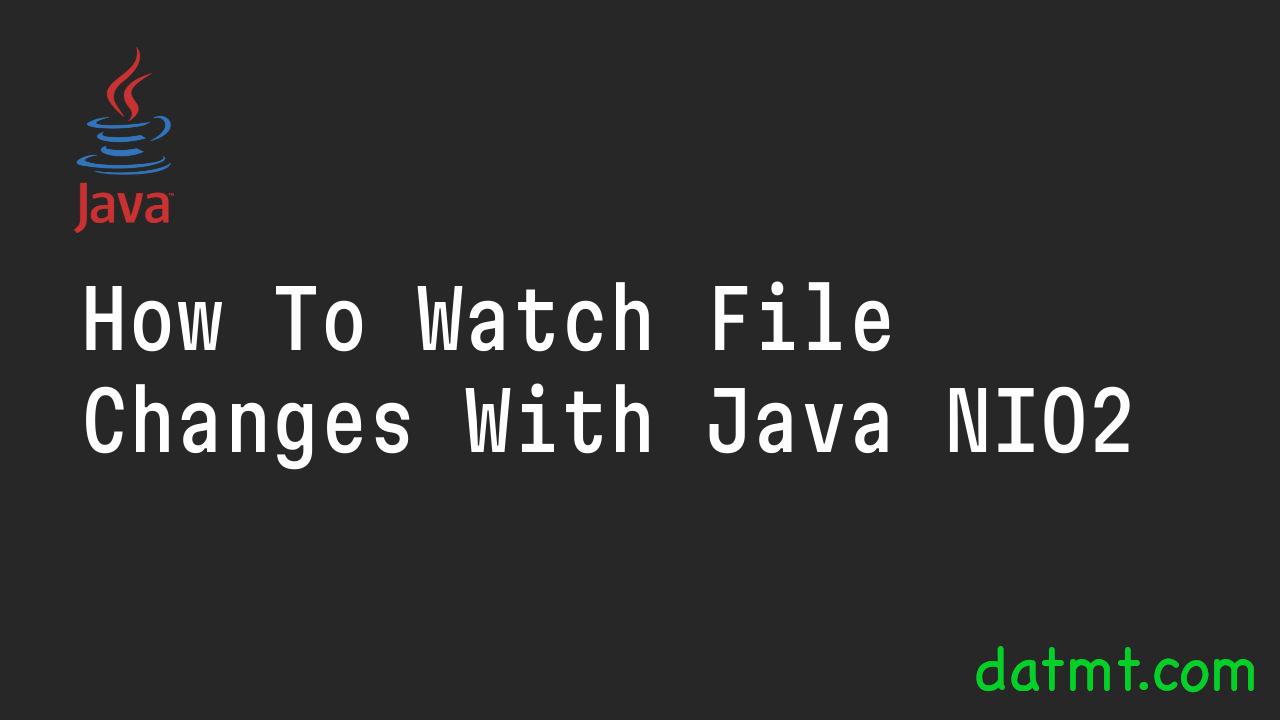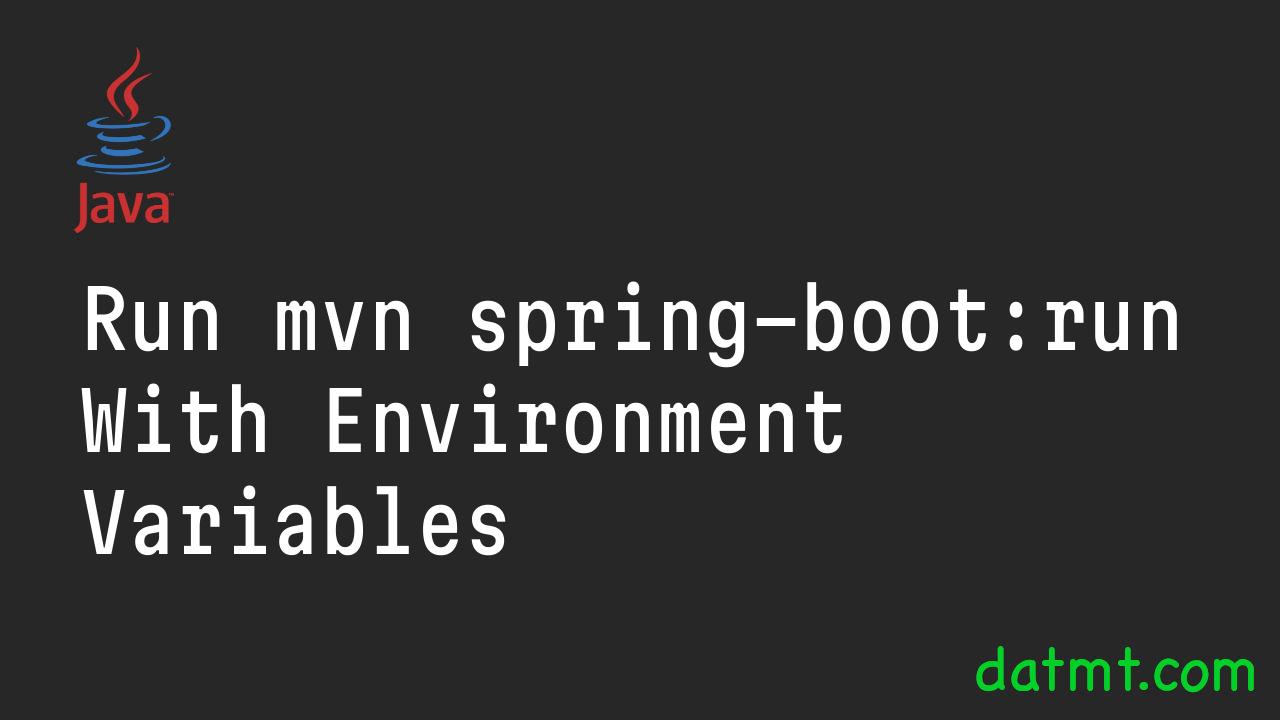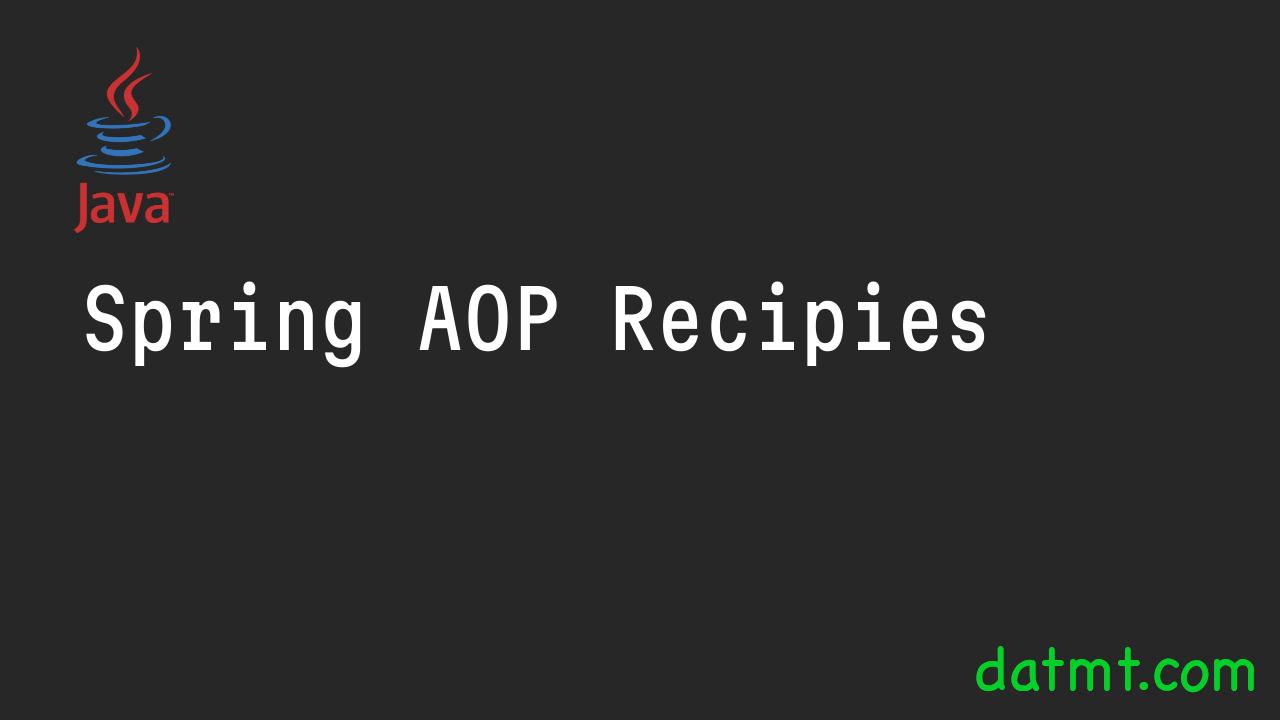Configuring Basic Logging in Spring Boot
Introduction In our previous post, we introduced the fundamentals of logging in Spring Boot, covering why logging is crucial and the basics of logging levels. Now, we take a step further to explore how to customize your logging configuration. Spring Boot provides a flexible logging framework that can be easily adjusted to suit your needs, … Read more
